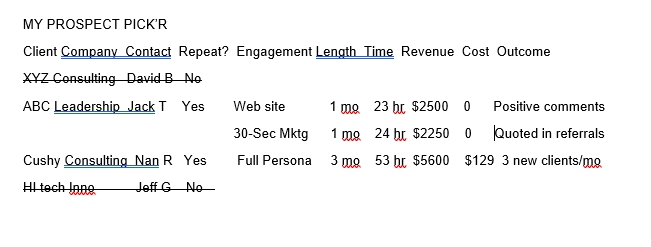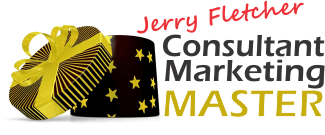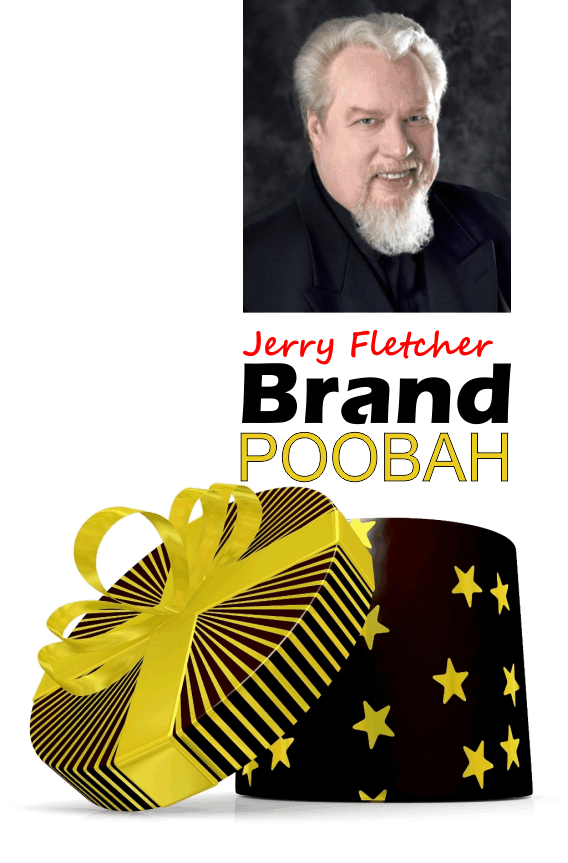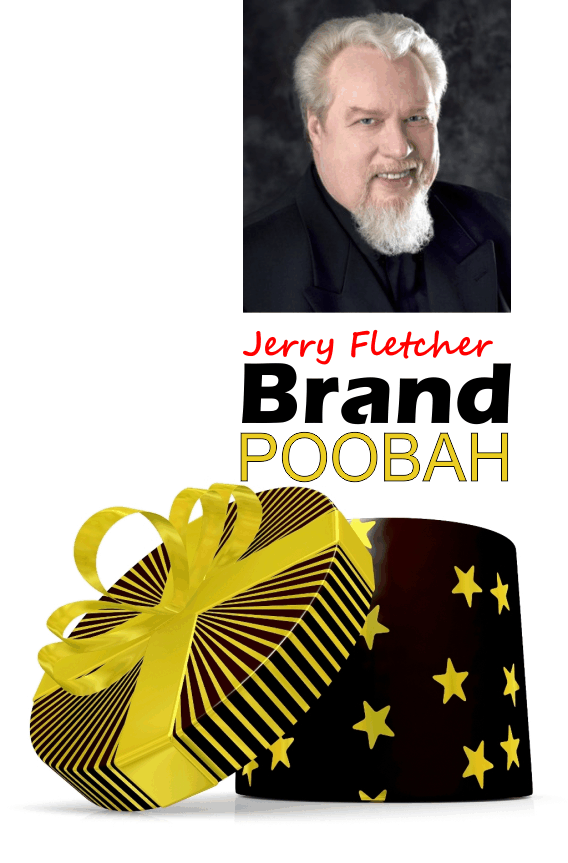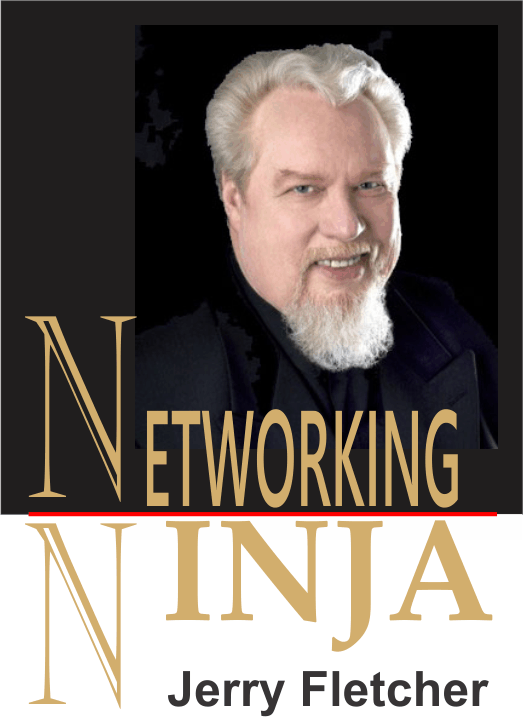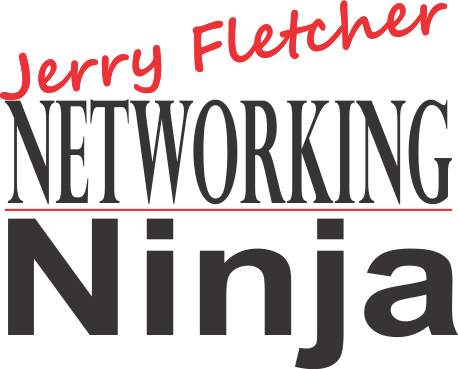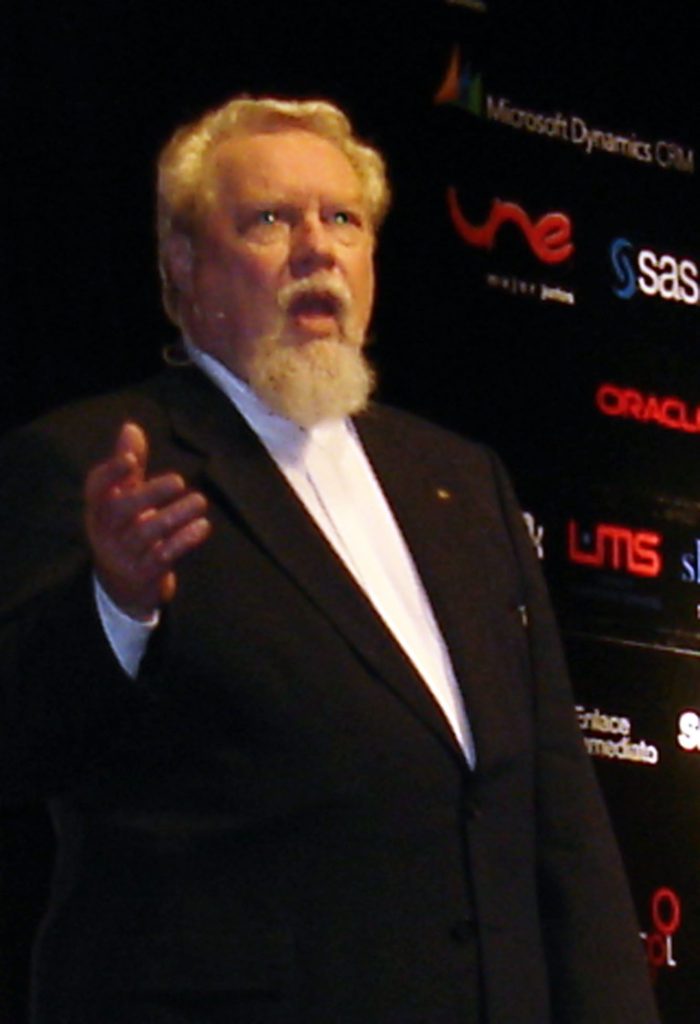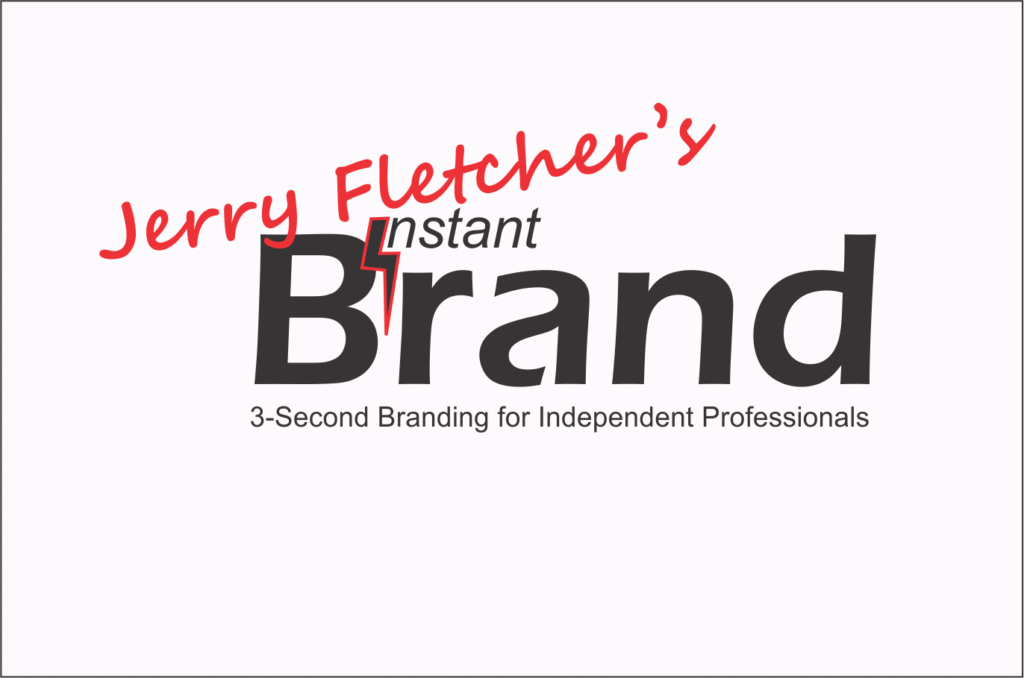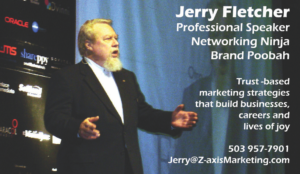
What’s your hourly rate?
Too often, when the choice is made by an entrepreneur to become a consultant, the decision to bill time for services is made with little or no thought. Prospects assume you will invoice them showing the time spent on each task you addresed.
An hourly rate is not the only option.
You are being paid for your:
- Knowledge
- Capability
- Speed
You would not have been considered for the engagement if you didn’t have one or more of those as assessed by the client. You have what they don’t. You can do what an employee practiced in the art could do if only they had one. You offer a solution to a problem they have which they cannot solve on their own.
Your approach is part of the equation.
Availability is part of the value perceived by the prospect. There are experts in every arena but the more complex and esoteric the field the fewer are available with associated higher rates. The possible approaches range from done for the client to hands on tactical implementation to strategic advice to ongoing counsel.
Results factor in to what you can charge
Never forget that you are helping to sort out a problem and that the results you deliver, the ones you agreed to in your proposal, are how you are going to be judged. That’s why you should shift to value-based proposals as soon as possible using the prospects valuation of the work you propose to do.
Options to consider
- Hourly rates Tried and True. Doesn’t have to be explained other than a justification for the rate. When I speak it translates to an hourly rate of at least $7500. Do I charge that for consulting? No. But there are times I could.
- Fee for Task is a common way to provide a comparative rate linked to a specific task. Example: Agreement to build a basic web site consisting of a specific number of pages for a specific amount.
- Tactical Implementation Management Charge This is commonly used when a combination of coaching, training and oversight is required to get staff in an organization to adopt a new way of doing things. The consultant manages the process and can, to some extent, control the time to results.
- Retainer This can work for limited time engagements but is a marvelous way to extend a relationship. It allows a great deal of latitude in proposals and agreements and simplifies invoicing. The best part is that you can set it up to bill in advance.
- Commission on Results When you and a client agree on the results you are seeking in the proposal phase you can reach agreement on what part of the results you deliver will be your payment. If the result of your activities generates an additional $100,000 in income for the client, a commission of up to 30% is not untoward.
How do you decide?
First: Wrap your mind around the idea that you are an expert. Now build on that by maintaining your level of knowledge in your specialty. Monitor information online about it (set up Google Alerts). Attend industry conferences. Get involved with educating the industry. Never overlook applications of your industry knowledge in other industries. Over time migrate your expertise to the upper echelons of expertise in the industry,
Second: Never assume that there is only one way to get paid for your work. Think about combining one or more or the options above. Or take payment in another way. I negotiated an agreement once that included a stock award (for time at a specific rate) above a preset monthly contract. That stock was worth $4Million when the company went public.
Third: Simplify your agreements so that you can’t be held hostage by clients. This is why I recommend the retainer and use it as my primary choice. I still consider stock as partial payment in some cases. I will look at commissions on results but now I add a twist either requesting 50% in advance or placing the full commission in an escroll account. The 50% in advance is the easier sale and can be positioned in such a way that it is viewed as a standard engagement agreement based on a value-based proposal where the client generated the “results number.”
Overall stop operating on autopilot.
Look at all the options before you write that proposal and agreement. Be non-traditional but be sure you believe in what you are saying. Be prepared to alter your offer but veer away from collecting minute by minute accounting of what you are delivering. Be prepared to walk away if the prospect demands to be billed in any way that is not what you are proposing.
Make sense? Tell me your favorite compensation approach. If we don’t shake things up, who will?
And so it goes.
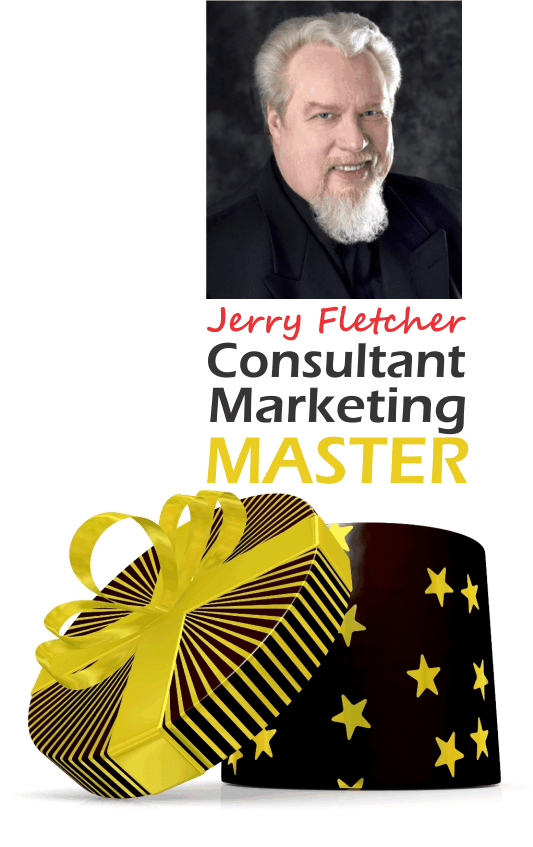
Jerry Fletcher is a sought-after International Speaker, a beBee ambassador, founder and Grand Poobah of www.BrandBrainTrust.com
His consulting practice, founded in 1990, is known for on and off-line Trust-based Consultant Marketing and Brand development advice that builds businesses, careers and lives of joy.
Consulting: www.JerryFletcher.com
Speaking: www.NetworkingNinja.com
DIY Training: www.ingomu.com


